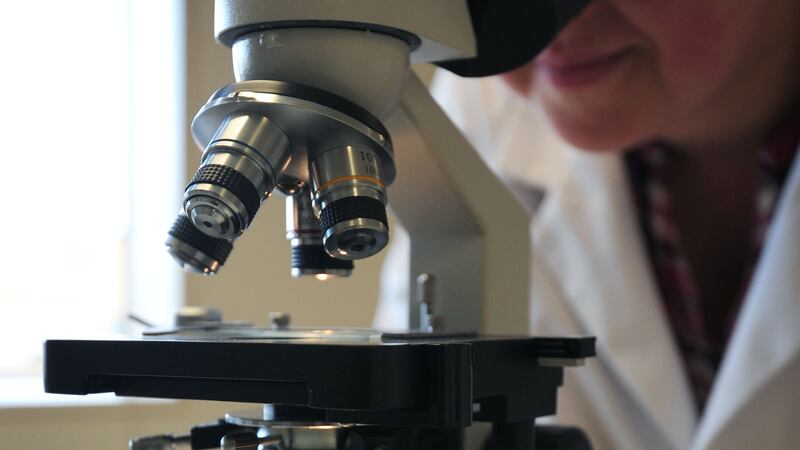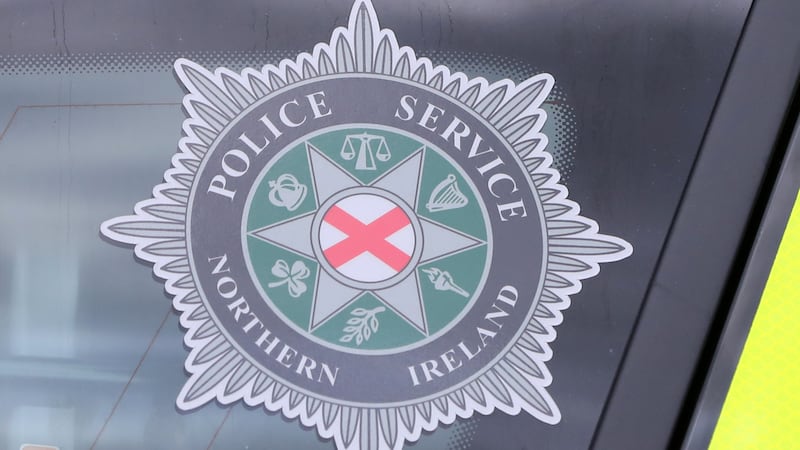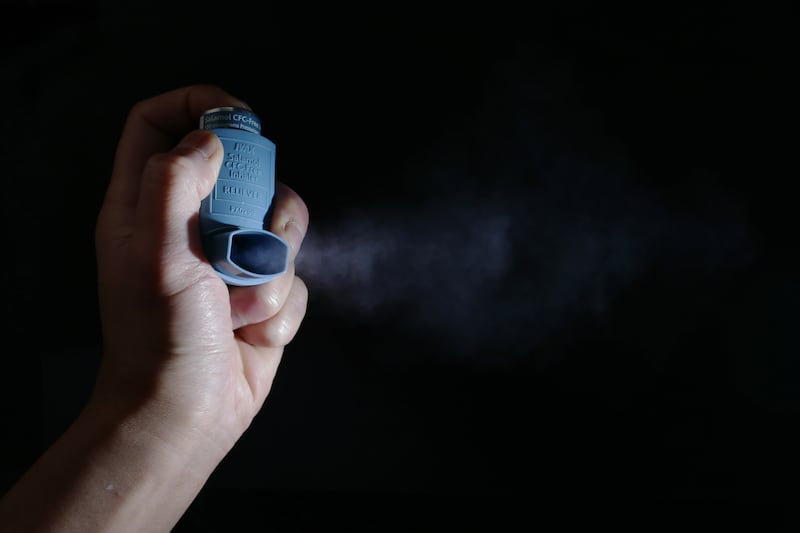A type of smart scan used in people with heart disease could also help spot aggressive cancers in children and provide early signs of whether a treatment is working, a study suggests.
Known as T1 mapping, the MRI imaging technique is non-invasive and is used to assess damage to heart muscle tissue.
Tests on mice have shown that the method has the potential to pick out neuroblastoma, a type of cancer that affects babies and young children, and assess whether drugs used to treat the disease are working.
Scientists from the Institute of Cancer Research (ICR), London, who conducted the research, said T1 mapping scans could also potentially be used more widely with other cancer patients, by “ensuring treatments are tailored for each patient and rapidly stopped when they are not working”.
Dr Yann Jamin, Children with Cancer UK research fellow at ICR and lead researcher, said: “Our findings show that an imaging technique readily available on most MRI scanners has the potential to pick out children with aggressive cancer and give us early signs of whether a treatment is working.
“We’ve shown in mice that this technique can give us detailed insights into the biology of neuroblastoma tumours and help guide use of precision medicine, and next we want to assess its effectiveness in children with cancer.
“It is easy to perform and analyse T1 MRI scans, and they could be used to provide insights into many aspects of cancer biology – and help doctors to design tailored treatments based on how aggressive a tumour appears to be.”
T1 mapping scans measure how water molecules interact inside cells to understand the cellular make-up of tissue – providing a clear picture of the microscopic and physical characteristics of a tumour.
The researchers found the tissue regions which had high T1 values, where water molecules can behave more freely, were also “hotspots” of aggressive cancer cells, while areas with low T1 values corresponded to less harmful tissue that was benign or dead.
The researchers also looked at whether T1 mapping could help determine how mice with neuroblastoma would respond to two drugs, alisertib and vistusertib, which target a key protein linked to aggressive forms of the disease.
They found that the drugs successfully stopped the growth of tumours in mice and there was a decrease in T1 measures, which meant the aggressive cancer cells had died.
This suggests T1 measures could be used as an indicator which can guide treatment by indicating whether a drug is working or not, the researchers said.
As part of the next steps, the team plans to assess the clinical benefit of T1 mapping as part of a clinical study involving children.
The research, funded by Children with Cancer UK, Cancer Research UK and the Rosetrees Trust, is published in the journal Cancer Research.








